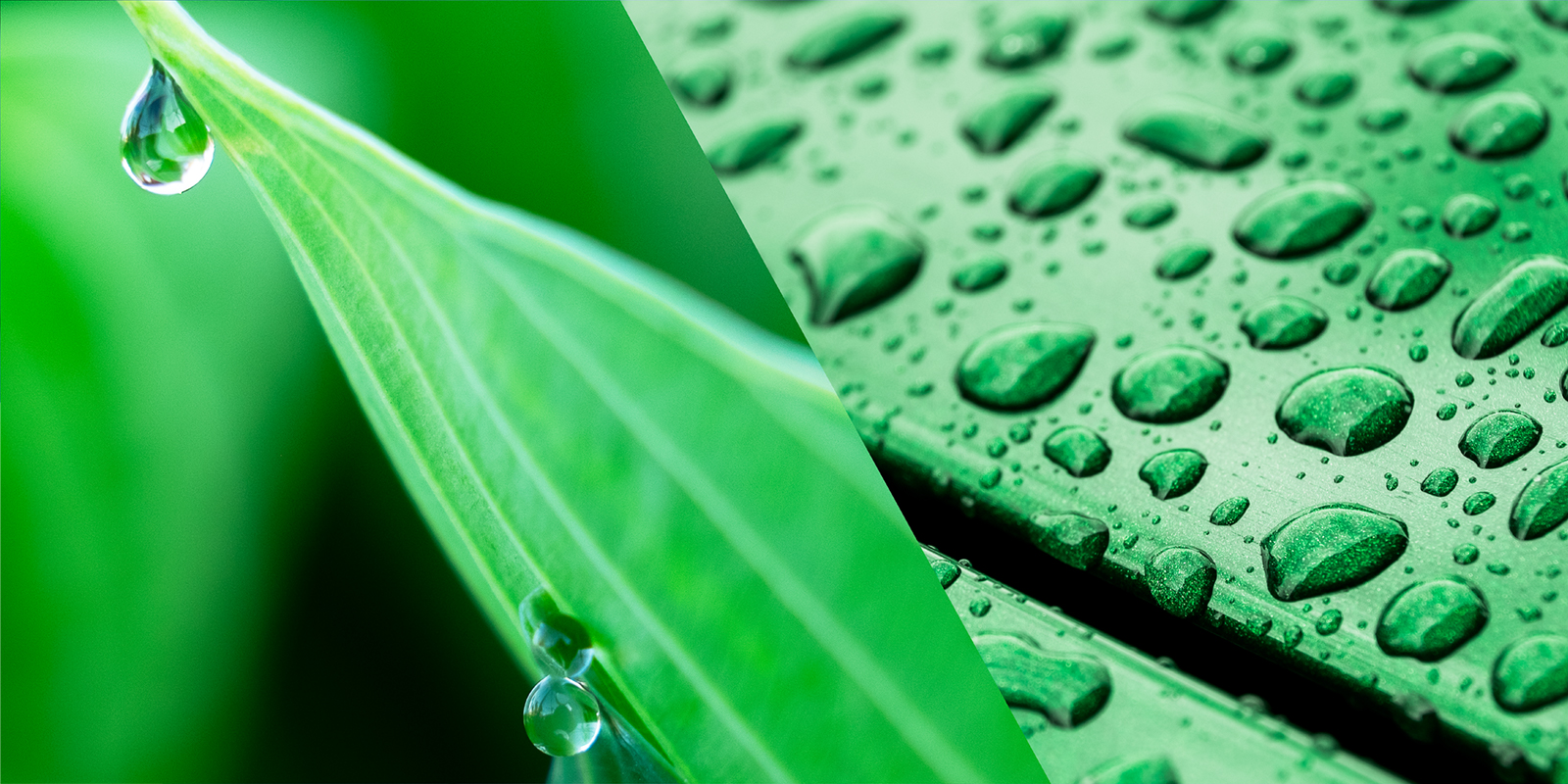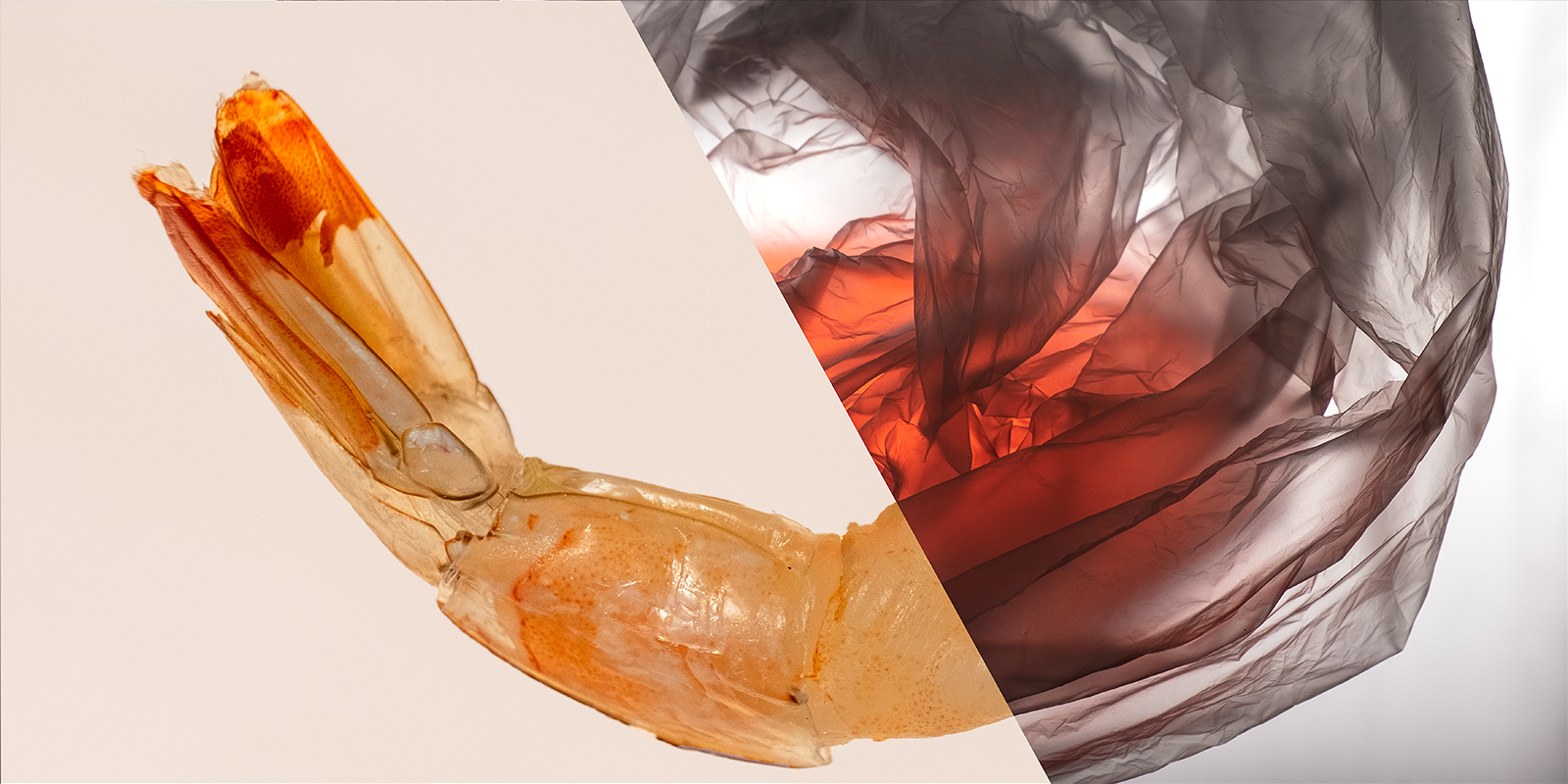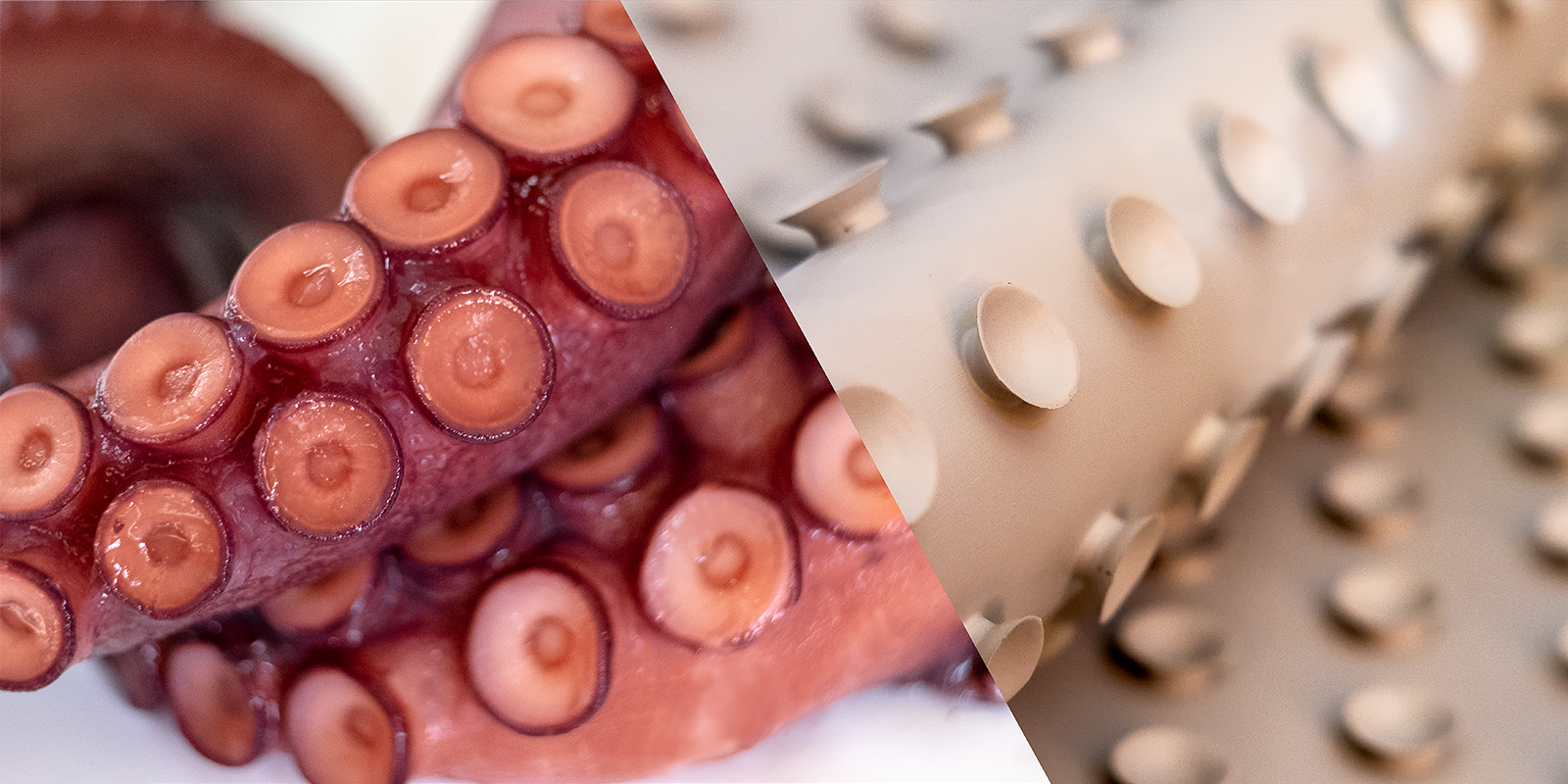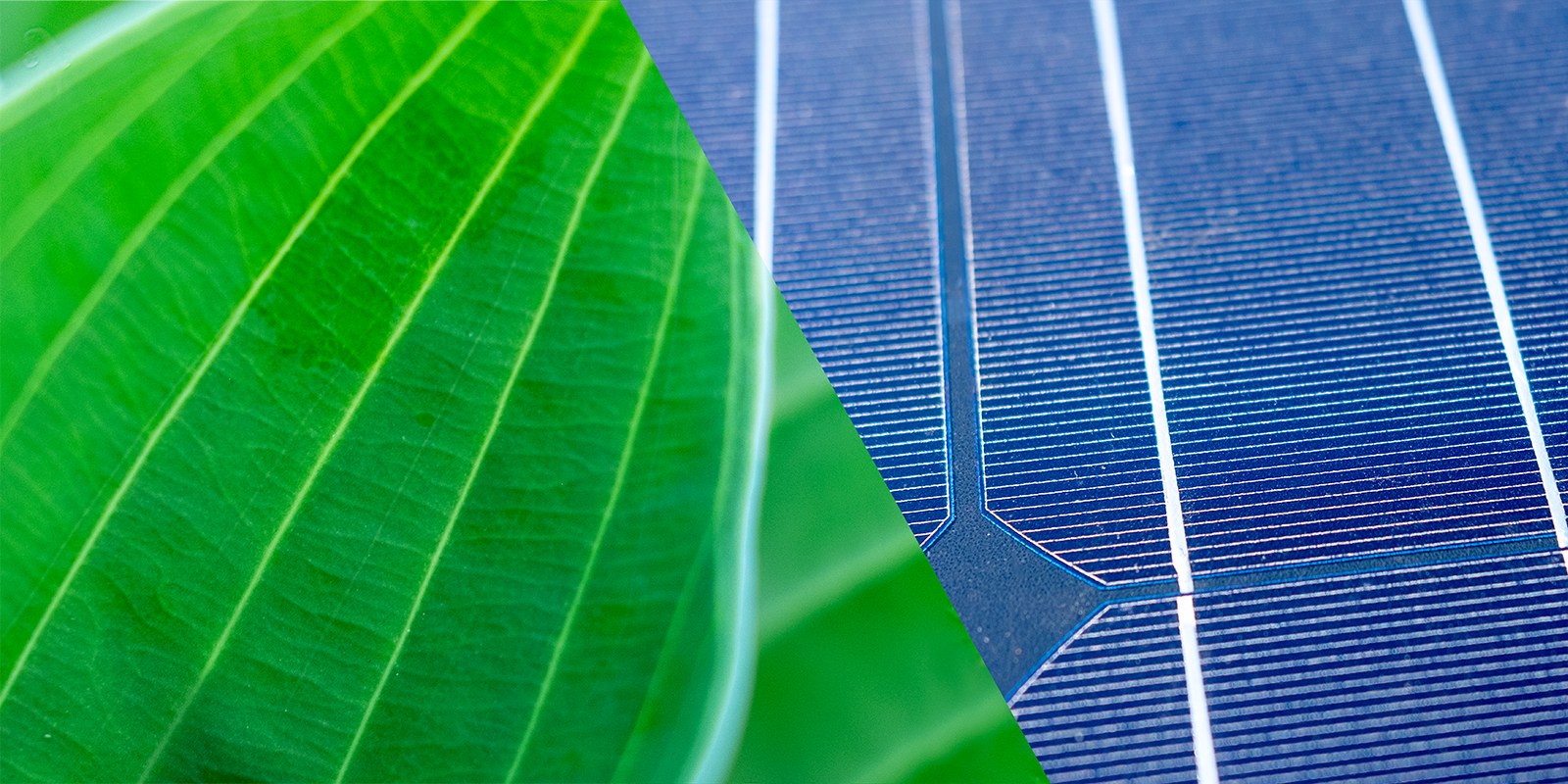Nature made – Human made
About this project
Nature is a 100% circular ecosystem, extremely creative at surviving climate changes and has 3.8 billion years of experience in refining and optimizing its smart designs. Why don’t we use nature more often as an inspiring source of knowledge?
Biomimicry is a science that studies nature’s models and uses nature to seek sustainable solutions for human challenges. The word ‘biomimicry’ literally means ‘imitating nature’. The core idea is that nature has already solved many of the problems and we should design our world by asking the question ‘What would nature do?’
It can be as simple as studying a leaf to invent a better solar cell or designing a sustainable building that is inspired by self-cooling termite hills. But it can also be more complex; getting inspired by an ecosystem as a tree or a complete forest to optimize a city or a building.
In this photography project I combine the beautiful and smart designs of nature with related products of our own man-made society to emphasize that these are not two different worlds but should be approached as one. I make connections between nature and our man-made society to inspire people to look for answers within nature to solve our sustainability problems for future generations.
Nature is the source of all true knowledge. She has no effect without cause nor invention without necessity – Leonardo da vinci
Titles and explanation of photographs:
From a strong exoskelet shell to strong architectural constructions
The coiled shell makes the snail a remarkable creature. It is not only beautifully designed but this exoskelet provides protection from the environment and predators. The calcium carbonate spiral construction with its interior whorls makes it strong and this construction principle is used within architecture.
From adhesive suckers of a squid to an adhesive bath mat
Octopus suckers are beautiful little tools to grab prey and hold it tightly. A sucker is pressed against the surface of a prey and the flexible outer margin of skin conforms to it, forming a seal. When the radial muscles contract, the pressure inside the sucker is reduced, generating a large force. A bath mat is firmly attached to a bath using this mechanism.
From efficient photosynthesis of a leaf to an efficient solar panel
Photosynthesis is the primary form of energy production that sustains biological life. Solar cells based on organic systems have the potential to become less expensive and more environmentally friendly than silicon-based solar cells, the current industry standard. By mimicking a leaf it is possible to solve issues in the Solar Panel Industry and make it more efficient for use.
From natural colors to natural pigments
Making bright synthetic mass=produced pigments is often a toxic process. Also the synthetic pigments itself should be handled with care, as some of them are poisonous and can have serious effects on the health of painters. Using natural pigments reduces chemical waste and improves the health of the users.
From self-cleaning leaves to a self-cleaning car coating
The structure of a leaf has a clever design that discourages surface wetting and attachment of dirt. Water and dirt needs to roll off to optimize the photosynthetic process. Water is removed together with the encapsulated dirt due to these super-hydrophobic properties. This cleaning technique can be used to develop self-cleaning coatings.
From biodegradable shrimps to biodegradable bags
Chitin extracted from shrimp shells can be used to make a bioplastic. The chitin comes from the tons of waste shells generated by the food insdustry. The new material ‘Shrilk’ (combination of shrimp and silk) is biodegradable, non-toxic and 100% recycable. It is strong and tough and can replace petroleum-based plastic bags and consumer products.
From a strong and robust honeycomb to strong cardboard boxes
The hexagonal cells of a honeycomb serve as a robust storage place for honey and to house bee larvae. It’s an efficient design since bees don’t want to waste resources (wax) or spend more energy (honey) than necessary. Due to its highly shock absorbing capabilities this efficient and strong structure is re-used in light-weight cardboard boxes.







